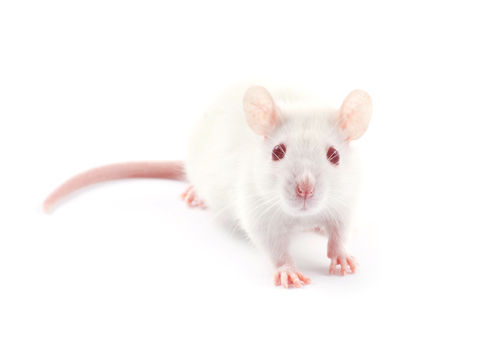Triple-negative breast cancer has the highest mortality rate of all breast cancers. Lacking estrogen, progesterone and HER2 receptors, it accounts for 12 percent of all breast cancers. It occurs more frequently in women under age 50, in African American women, and in women carrying a BRCA1 gene mutation.
Currently, surgery, chemotherapy, and radiotherapy are the best treatment options for this highly aggressive, frequently metastatic cancer, but a lot of research is being done toward targeted therapeutics.

That is where the first successful use of targeted CRISPR gene editing to halt growth of a TNBC tumor in vivo (via injection into live, tumor-bearing mice) brings interesting exploratory research news. The new system is believed to be non-toxic and utilizes antibodies to selectively recognize cancer cells while sparing normal tissues.
Experiments showed that the CRISPR system was able to target breast tumors and knock out a well-known breast-cancer promoting gene, Lipocalin 2, with an editing efficiency of 81 percent in tumor tissue. The approach attenuated tumor growth by 77 percent in the mouse model and showed no toxicity in normal tissues.
A CRISPR delivery system
In just over half a decade, CRISPR has taken over the gene editing science but translating that into therapies is limited by the lack of effective CRISPR delivery systems. A virus can deliver the CRISPR system but the virus cannot carry large payloads and might cause side effects if it "infects" cells other than those targeted. Another method encapsulates the CRISPR system inside a cationic polymer or lipid nanoparticles, but these elements can be toxic to cells, and the CRISPR system is often trapped or broken down by the body before it reaches its destination.
This new approach encapsulates the CRISPR editing system inside a soft "nanolipogel" made up of nontoxic fatty molecules and hydrogels. Antibodies attached to the gel's surface then guide the CRISPR nanoparticles to the tumor site. The antibodies are designed to recognize and target ICAM-1, a molecule identified in 2014 as being a novel drug target for triple-negative breast cancer.
Because the particles are soft and flexible, they can more efficiently enter cells than their stiffer counterparts. While stiffer nanoparticles can get trapped by the cell's ingestion machinery, the soft particles were able to fuse with the tumor cell membrane and deliver CRISPR payloads directly inside the cell.
Once inside the cell, the CRISPR system knocked out Lipocalin 2, an oncogene that promotes breast tumor progression and metastasis. Experiments showed that loss of the oncogene inhibited the cancer's aggressiveness and tendency to migrate or metastasize. The treated mice showed no evidence of toxicity.





Comments